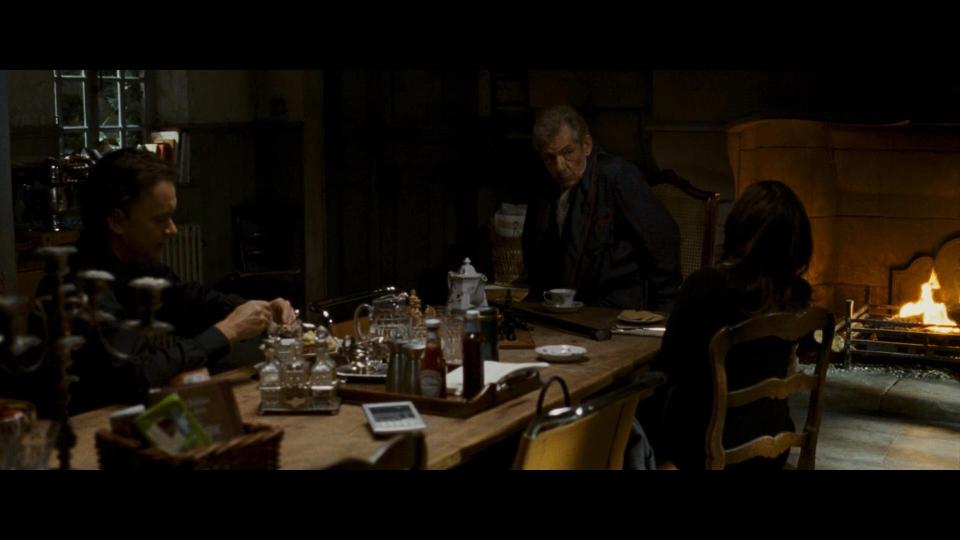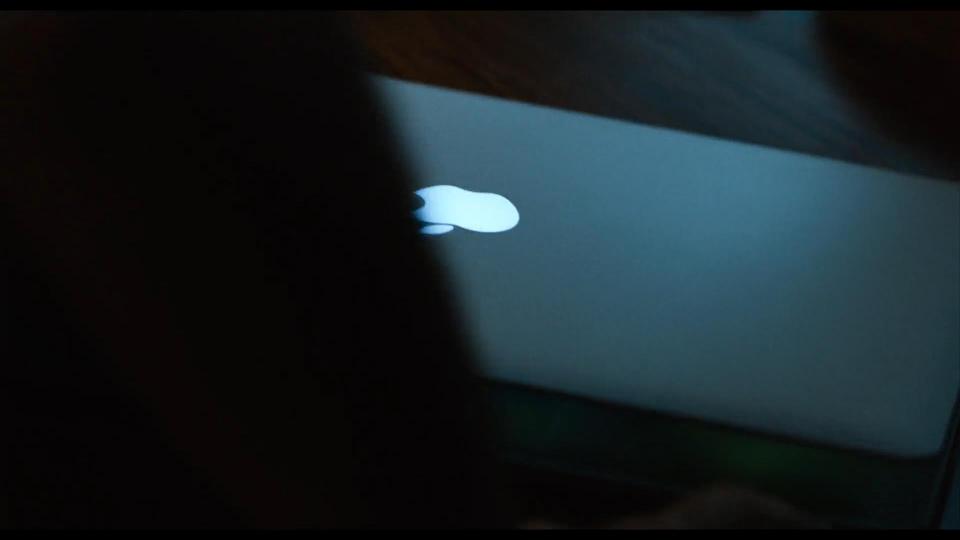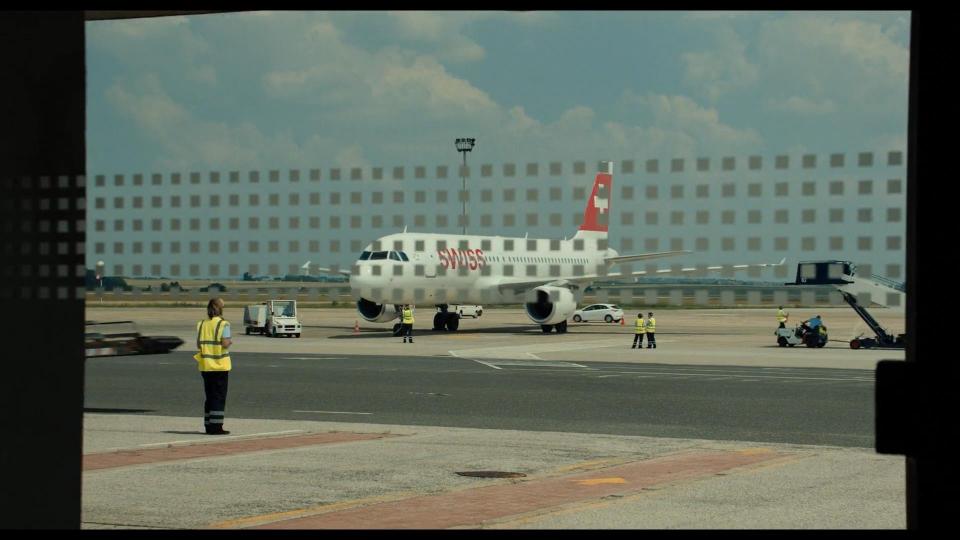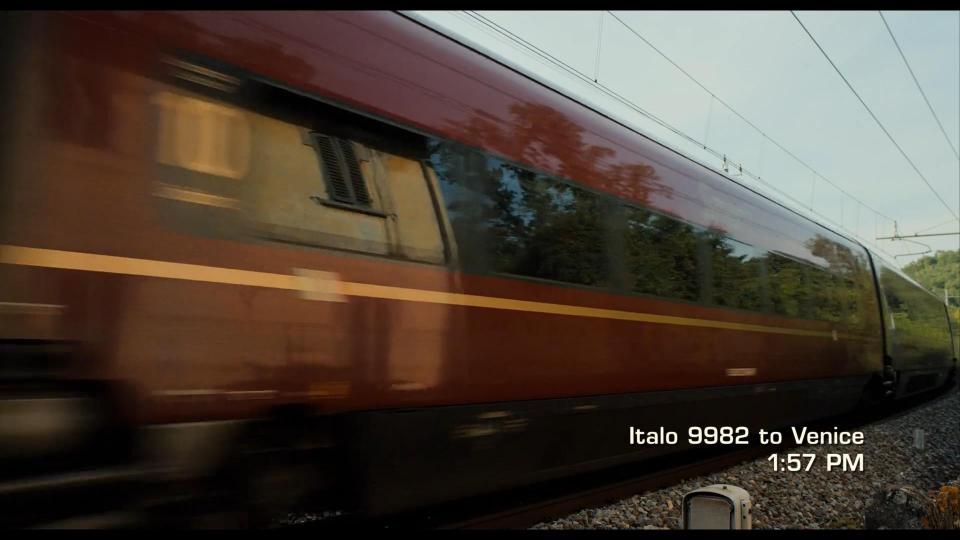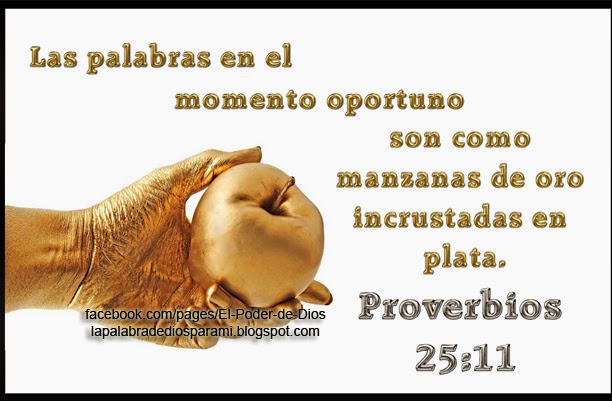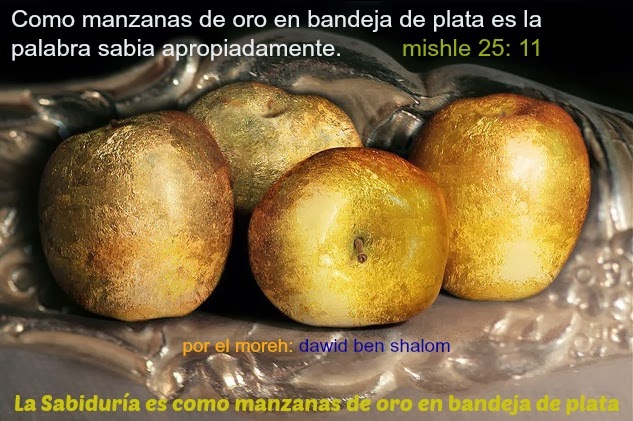|
Réponse |
Message 1 de 17 de ce thème |
|
|
|
|
|
Réponse |
Message 3 de 17 de ce thème |
|
Different cyclotron size: a) Lawrence ́s first one, b) Venezuela First one (courtesy of Dorly Coehlo), c) Fermi National Laboratory at CERN. And size matters, and Cyclotrons win as best hospital candidates due to Reactors are bigger, harder and difficult to be set in a hospital installation. Can you imagine a nuclear reactor inside a health installation? Radiation Protection Program will consume all the budget available. Size, controlled reactions, electrical control, made cyclotrons easy to install, and baby cyclotrons come selfshielded so hospital don ́t need to spend money in a extremely large bunker. Now on, we are going to talk about our first experience with the set up of a baby cyclotron for medical uses inside the first PET installation in Latin America. “Baby” means its acceleration “D” diameters are suitable to be set inside a standard hospital room dimensions, with all its needs to be safetly shielded for production transmision and synthetized for human uses for imaging in Nuclear Medicine PET routine. When we ask why Cyclotrons are better than reactors for radioisotopes production to be used in Medicine, we also have to have in mind that they has: 1. Less radioactive waste 2. Less harmful debris
https://www.researchgate.net/figure/Different-cyclotron-size-a-Lawrence-s-first-one-b-Venezuela-First-one-courtesy-of_fig3_221906035
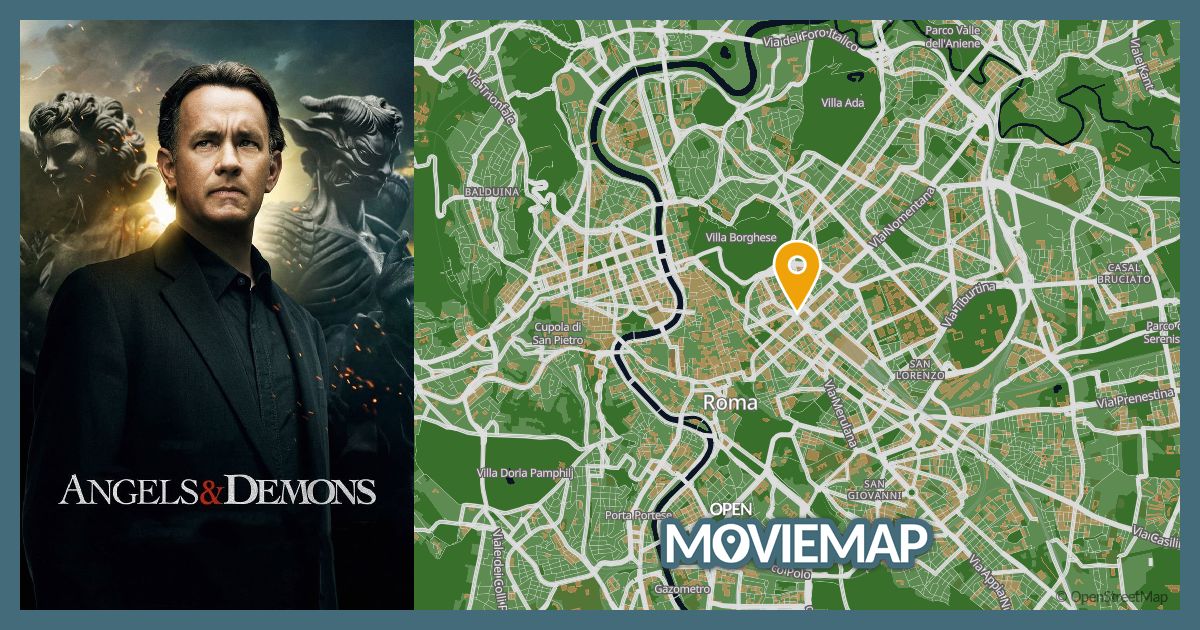 |
|
|
|
Réponse |
Message 4 de 17 de ce thème |
|
|
|
|
Réponse |
Message 5 de 17 de ce thème |
|

Jordan River (Utah)
From Wikipedia, the free encyclopedia
The Jordan River, in the state of Utah, United States, is a river about 51 miles (82 km) long. Regulated by pumps at its headwaters at Utah Lake, it flows northward through the Salt Lake Valley and empties into the Great Salt Lake. Four of Utah's six largest cities border the river: Salt Lake City, West Valley City, West Jordan, and Sandy. More than a million people live in the Jordan Subbasin, part of the Jordan River watershed that lies within Salt Lake and Utah counties. During the Pleistocene, the area was part of Lake Bonneville.
Members of the Desert Archaic Culture were the earliest known inhabitants of the region; an archaeological site found along the river dates back 3,000 years. Mormon pioneers led by Brigham Young were the first European American settlers, arriving in July 1847 and establishing farms and settlements along the river and its tributaries. The growing population, needing water for drinking, irrigation, and industrial use in an arid climate, dug ditches and canals, built dams, and installed pumps to create a highly regulated river.
Although the Jordan was originally a cold-water fishery with 13 native species, including Bonneville cutthroat trout, it has become a warm-water fishery where the common carp is most abundant. It was heavily polluted for many years by raw sewage, agricultural runoff, and mining wastes. In the 1960s, sewage treatment removed many pollutants. In the 21st century, pollution is further limited by the Clean Water Act, and, in some cases, the Superfund program. Once the home of bighorn sheep and beaver, the contemporary river is frequented by raccoons, red foxes, and domestic pets. It is an important avian resource, as are the Great Salt Lake and Utah Lake, visited by more than 200 bird species.
Big Cottonwood, Little Cottonwood, Red Butte, Mill, Parley's, and City creeks, as well as smaller streams like Willow Creek at Draper, Utah, flow through the sub-basin. The Jordan River Parkway along the river includes natural areas, botanical gardens, golf courses, and a 40-mile (64 km) bicycle and pedestrian trail, completed in 2017.[6]
The Jordan River is Utah Lake's only outflow. It originates at the northern end of the lake between the cities of Lehi and Saratoga Springs. It then meanders north through the north end of Utah Valley for approximately 8 miles (13 km) until it passes through a gorge in the Traverse Mountains, known as the Jordan Narrows. The Utah National Guard base at Camp Williams lies on the western side of the river through much of the Jordan Narrows.[7][8] The Turner Dam, located 41.8 miles (67.3 km) from the river's mouth (or at river mile 41.8) and within the boundaries of the Jordan Narrows, is the first of two dams of the Jordan River. Turner Dam diverts the water to the right or easterly into the East Jordan Canal and to the left or westerly toward the Utah and Salt Lake Canal. Two pumping stations situated next to Turner Dam divert water to the west into the Provo Reservoir Canal, Utah Lake Distribution Canal, and Jacob-Welby Canal. The Provo Reservoir Canal runs north through Salt Lake County, Jacob-Welby runs south through Utah County. The Utah Lake Distribution Canal runs both north and south, eventually leading back into Utah Lake.[9] Outside the narrows, the river reaches the second dam, known as Joint Dam, which is 39.9 miles (64.2 km) from the river's mouth. Joint Dam diverts water to the east for the Jordan and Salt Lake City Canal and to the west for the South Jordan Canal.[10][11][12]

Map of the Salt Lake Valley
The river then flows through the middle of the Salt Lake Valley, initially moving through the city of Bluffdale and then forming the border between the cities of Riverton and Draper.[7] The river then enters the city of South Jordan where it merges with Midas Creek from the west. Upon leaving South Jordan, the river forms the border between the cities of West Jordan on the west and Sandy and Midvale on the east. From the west, Bingham Creek enters West Jordan. Dry Creek, an eastern tributary, combines with the main river in Sandy. The river then forms the border between the cities of Taylorsville and West Valley City on the west and Murray and South Salt Lake on the east. The river flows underneath Interstate 215 in Murray. Little and Big Cottonwood Creeks enter from the east in Murray, 21.7 miles (34.9 km) and 20.6 miles (33.2 km) from the mouth respectively. Mill Creek enters on the east in South Salt Lake, 17.3 miles (27.8 km) from the mouth. The river runs through the middle of Salt Lake City, where the river travels underneath Interstate 80 a mile west of downtown Salt Lake City and again underneath Interstate 215 in the northern portion of Salt Lake City. Interstate 15 parallels the river's eastern flank throughout Salt Lake County. At 16 miles (26 km) from the mouth, the river enters the Surplus Canal channel. The Jordan River physically diverts from the Surplus Canal through four gates and heads north with the Surplus Canal heading northwest. Parley's, Emigration, and Red Butte Creeks converge from the east through an underground pipe, 14.2 miles (22.9 km) from the mouth.[7] City Creek also enters via an underground pipe, 11.5 miles (18.5 km) from the river's mouth. The length of the river and the elevation of its mouth varies year to year depending on the fluctuations of the Great Salt Lake caused by weather conditions. The lake has an average elevation of 4,200 feet (1,300 m) which can deviate by 10 feet (3.0 m).[3] The Jordan River then continues for 9 to 12 miles (14 to 19 km) with Salt Lake County on the west and North Salt Lake and Davis County on the east until it empties into the Great Salt Lake.[7][8][11]
Discharge[edit]
The United States Geological Survey maintains a stream gauge in Salt Lake City that shows annual runoff from the period 1980–2003 is just over 150,000 acre-feet (190,000,000 m3) per year or 100 percent of the total 800,000 acre-feet (990,000,000 m3) of water entering the Jordan River from all sources. The Surplus Canal carries almost 60 percent of the water into the Great Salt Lake, with various irrigation canals responsible for the rest. The amount of water entering the Jordan River from Utah Lake is just over 400,000 acre-feet (490,000,000 m3) per year. Inflow from the 11 largest streams feeding the Jordan River, sewage treatment plants, and groundwater each account for approximately 15 percent of water entering the river.[13]
Watershed[edit]

Map of the entire Jordan River Basin
|
|
|
|
Réponse |
Message 6 de 17 de ce thème |
|
|
|
|
Réponse |
Message 7 de 17 de ce thème |
|
|
|
|
Réponse |
Message 8 de 17 de ce thème |
|
|
|
|
Réponse |
Message 9 de 17 de ce thème |
|
|
|
|
Réponse |
Message 10 de 17 de ce thème |
|

I love the adventure stories with twisted plots, mysteries, puzzles. That is why I love the stories created by Dan Brown and his major character Professor Robert Langdon who was very well played by Tom Hanks in the series of successful movies. Moreover, in my travel adventures I managed to visit most of the countries, places, museums, etc, and even CERN, which are described in the books and movies. And when I watch the movies I travel back in time together with Professor Langdon.
So, today I invite you to solve great mysteries of Leonardo, Illuminati, and Dante. It’s time to refresh your knowledge of history and arts. Welcome aboard!
Jacques Saunière, a Louvre curator, is pursued through the Grand Gallery by an albino Catholic monk named Silas, who demands the location of the Priory’s “keystone” to find and destroy the Holy Grail. Saunière gives him a false lead and is murdered. The police find his body posed like Da Vinci’s Vitruvian Man. Police captain Bezu Fache has his lieutenant, Jérôme Collet, summon American symbologist Robert Langdon, who is in Paris for a lecture on the interpretation of symbols, to examine Saunière’s body.
Langdon is shown the body and a secret message, readable only by blacklight. It contains an out-of-order Fibonacci sequence. Sophie Neveu, a police cryptographer and Saunière’s granddaughter, tells Langdon that Fache planted a tracker on him after finding the words, “P.S. Find Robert Langdon” at the end of Saunière’s secret message. Fache believes that Langdon murdered Saunière. Sophie throws away the tracker, distracting the police while they sneak around the Louvre, finding more clues in Leonardo da Vinci’s works. Langdon deduces that Saunière was the grand master of the Priory of Sion. And our adventure begins.
We meet Professor Robert Langdon for the first time during his lecture. He uses Sony laptop for his presentation.
In one of the next scenes of the movie we can clearly see the van with Bosch logo. Same is for the famous French water – Badoit. We can see it in a bucket full of ice.
When Robert Langdon and Sophie Neveu (Audrey Tautou) come to the bank to retrieve the cryptex, we can see how KUKA robot picks the right box that belonged to Jacques Saunière. When the bank employee helps the main characters to pass the police, we can get a glimpse of his Rolex watch.
At Sir Leigh Teabing’s (Ian McKellen) house our guests learn more about The Last Supper painting secrets. Their host is also a fan of Sony, so we may see various TV sets and displays in the house. While enjoying their evening tea, we can as well see Heinz there, of course.
When Robert Langdon and Sophie look for a tomb in London, they borrow a Sony Ericsson smartphone to search for more information.
In the final scene of the movie we see that Robert lives in Ritz hotel in Paris, and from there he starts his evening walk to follow the Arago medallions and come to the Louvre.
The Catholic Church mourns the sudden death of Pope Pius XVI, and prepares for the papal conclave to elect his successor in Vatican City. Father Patrick McKenna (Ewan McGregor), the camerlengo, takes temporary control of the Vatican during the sede vacante period.
Meanwhile, at CERN, scientists Father Silvano Bentivoglio and Dr. Vittoria Vetra (Ayelet Zurer) create three canisters of antimatter. As Vetra goes to evaluate the experiment, she discovers that Silvano has been murdered, and one of the canisters was stolen. Shortly thereafter, four of the preferiti, the favored candidates to be elected pope, are kidnapped by a man claiming to represent the Illuminati. He sends the Vatican a warning, claiming he will murder each of the cardinals from 8 p.m. to midnight, when the stolen antimatter will explode and destroy the city, hidden somewhere within.
Unlike two other movies, there are only few product placements in Angels & Demons. And they can be divided in two categories – Sony and TV channels.
That is why we see Sony computers and displays in the first scene in CERN.
And when the events of the movie accelerate, we can see various TV channels broadcasting from Vatican City. These are Canal+, CNN, and Reuters.
And this is it for Angels & Demons. More product placements are waiting in Inferno.
Some time after helping the Vatican dealing with an antimatter threat, Harvard University professor Robert Langdon awakens in a hospital room in Florence, Italy, with no memory of what has transpired over the last few days, but being plagued with hellish visions. Dr. Sienna Brooks (Felicity Jones), the doctor tending to him, reveals that he is suffering from amnesia as a result of a bullet wound to the head. An orderly says the police are there to question Langdon but the officer turns out to be Vayentha, an assassin, who shoots the orderly while coming up the hallway. Brooks helps Langdon to escape, and they flee to her apartment.
Among Langdon’s personal belongings, Langdon and Brooks find a Faraday pointer, a miniature image projector with a modified version of Sandro Botticelli’s Map of Hell, which itself is based on Dante’s Inferno. They soon realize this is the first clue in a trail left by Bertrand Zobrist, a dangerously unstable villain who believed that rigorous measures were necessary to reduce the Earth’s growing population, and who committed suicide three days earlier after being chased by armed government agents.
When Robert Langdon wakes up in Sienna’s house, we can find various brands across her apartment. First of all we see Sony TV remote controls. And when Professor asks for coffee, Sienna goes to the kitchen where we spot tea brands like Greenfield and Twinings.
While Sienna is looking for some clothes for Robert, he decides to use her Apple MacBook to check his Google mail.
When Robert and Sienna decide to call to the consulate, we see that Sienna uses Sony smartphone. When they realize that they can trust no one, they start their investigation. First, they search for the information about Zobrist. Google, Wikipedia, and YouTube are very helpful even in the movies.
Later in the movie we see more Sony product placements – a TV set in Command Risk Consortium, a smartphone and a tablet used by Elizabeth Sinskey.
When Robert Langdon and Sienna Brooks try to escape from their enemies with the help of Christoph Bouchard, they make everyone believe they are going to fly to Switzerland via Swiss, but instead they take an Italo speed train to Venice.
When finally the truth is revealed and memory is restored, Robert and Elizabeth go to Istanbul to stop Sienna from unleashing the virus. Elizabeth shares Zobrist’s message with Robert. They watch it together on a Dell laptop.
In the final scene when Professor returns Dante’s mask to the museum, we can see the museum employee wearing the tag with the Florentine Civic Museums branding.
Unfortunately, there is no news about the future movies with Tom Hanks. And no news about any new books. Looking forward to new adventures of Professor Langdon.
I highly recommend you to visit Product Placement section of the website. You will find more amazing movie series analysed there.
https://www.marketing-psycho.com/robert-langdon-product-placement/ |
|
|
|
Réponse |
Message 11 de 17 de ce thème |
|
History and geography of Sion in Switzerland
Are you ready to discover the history and geography of Sion in Switzerland?
This city, founded several centuries ago, is a place rich in history that has influenced Swiss and European cultures. Embark on an exciting adventure in the Valais region.
On your journey through these cultural wonders, you’ll explore the castles of Valère and Tourbillon, one of the town’s historic gems. You will also learn all about the emergence of the canton’s most important city and its evolution.

History of Sion in Switzerland
Sion is a town in the canton of Valais, Switzerland, and is the administrative capital of the canton. It was founded at the turn of the century and is considered an important place for historical and geographical research.
The first written mention of Sion as a town dates back to the year 1160, and in 1189 the county became the episcopal principality of Sion. By this time, the town had already prospered to become a politically important and strategic site.
Over the centuries, through destruction, fire and regional power struggles, its population gradually grew and it experienced several periods of development.
Integrated into the Germanic Holy Roman Empire at the beginning of the 11th century, the principality of Sion was at the centre of conflicts between Switzerland and Savoy, between counts, episcopates and local communities, until the creation of the Republic of the Seven Tithings*.
In 1798, the Upper Valais, including Sion, united with the Lower Valais to create a single canton and join the Helvetic Republic.
The construction of the Valère and Tourbillon castles between the 11th and 13th centuries also played a major role in the history of the town and its establishment as the central place of the region.
Origins and development of the town
Sion is an ancient Roman city built around the Castrum Sedunum by Roman legionaries around the year 40. The Latin name is said to have originated with the Seduni a Celtic people who had settled in the Valais since the 1st century BC.
Until the seat of the episcopate was moved to Sion in the 5th century, the town remained in the shadow of the present-day towns of Martigny and Massongex, both of which were located on the axis of the Great St Bernard Pass, a passageway between the Valais and the Aosta Valley since the Neolithic period.
Development and expansion of the town
The arrival of the train in the Rhone Valley from the Lake Geneva port of Bouveret in the 19th century stimulated the development of the town, as it did for Martigny and the other towns on the railway axis. A provisional station was built in 1860 and the final version was completed in 1873.
The establishment and gradual improvement of rail and road links between neighbouring towns and in the valley from Geneva facilitated trade and travel throughout the region.
Since then, Sion has steadily developed its tertiary sector and its tourist capacities, to the detriment of the agricultural sector and in particular the dairy industry, which has seen its importance decline for several decades. Only the wine industry has been able to survive this agricultural decline.

Geography and heritage of Sion in Switzerland
Sion is located in the heart of the Valais, in the southwest of Switzerland. The town is situated at an altitude of 512 metres on the right bank of the river Rhône, for the historic centre, and shares the two banks over the whole of the commune.
Geographical location and climate
Nestled in the valley of the nascent Rhone and protected from the influences of the high peaks of the Alps, the climate is generally temperate throughout the year, with average temperatures varying between 6°C in winter and 19°C in summer.

Where is Sion?
Location map of the city of Sion in the Swiss Valais:
Physical and natural characteristics
The surrounding landscape is mostly composed of mountains covered by alpine forest, offering an unimaginable variety to admire: impressive rocks and peaks, limpid bodies of water with turquoise reflections, magical valleys invaded by daffodils and thousand-year-old glaciers like the Aletsch.
Important places and monuments
The most visible and most important site of the town is located on the heights of the town, with the castle of Tourbillon and the fortified basilica of Valère.
The castle, dating from the 13th century, is built on the ramparts of the lower town and its magnificent towers dominate the town.
The basilica dates from the 12th century and has been undergoing a complete restoration since 1987.
The Tourbillon and Valère castles, the Sorcerers’ Tower, Notre-Dame de Sion Cathedral with the old town, the Town Hall and the Rue du Grand-Pont, are the places not to be missed during a visit to the town’s heritage.

Culture in Sion, Switzerland
Spoken languages and dialects
The spoken language is French and the regional language, Valaisan, is used. German and Romansh are also spoken in a minority.
Cuisine and gastronomy
Sion offers a wide variety of culinary delights from all over the Valais and Switzerland.
Local specialities include rösti potatoes, tartiflettes, fondue of course, but also game (rabbit, venison, etc.), dried meat or Valais rye bread.
As the most important wine-producing region in Switzerland, it is difficult to escape from one of the 60 grape varieties that the Valais has to offer and which the Sion region has been able to take advantage of, for example with the wine tour of the region starting from the city.
Arts, music and entertainment
The artistic culture is very present in Sion. The town has several museums to discover, such as the Valais Art Museum, the History Museum, the Nature Museum and the Fellini Foundation.
The music scene has also developed rapidly in recent years, with numerous concerts and festivals throughout the year, from classical music at PALP to Opéra Viva under the stars.
Discovering the city is an enriching experience thanks to its prolific past and its current dynamics: passing through Sion on a journey along the Rhône River will delight travellers, whether for a short time or for a longer stay.
Along the Rhône

https://ontherhone.com/en/history-geography-sion-valais-switzerland/ |
|
|
|
Réponse |
Message 12 de 17 de ce thème |
|
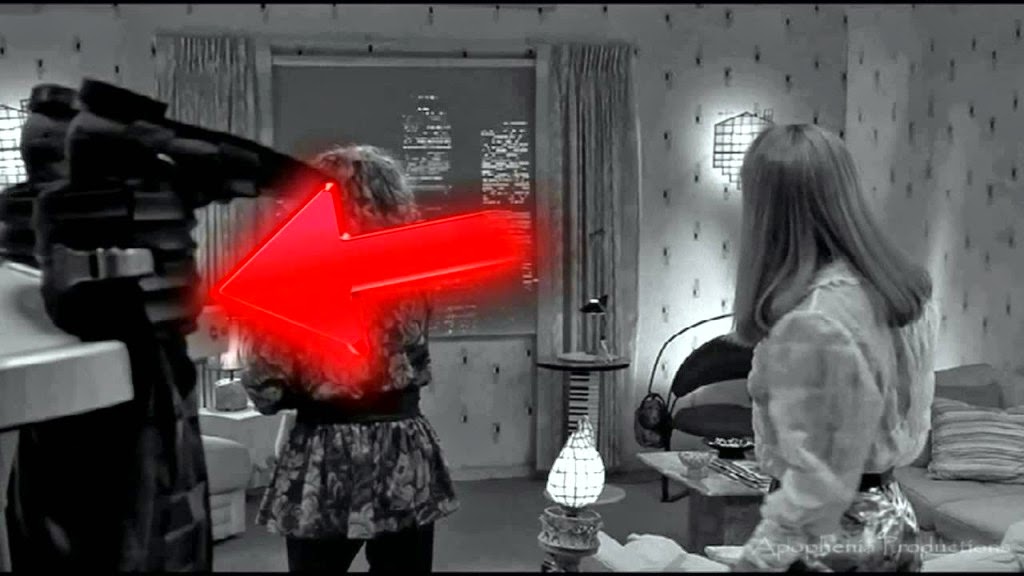
 Apr 15: Well, yes, Italy is obviously a 'big-foot'... Apr 15: Well, yes, Italy is obviously a 'big-foot'...

...hence the recent deep impact (killer quake) there, confirming our suspicion for the Orange/MLK window.
In that strikingly boot-shaped peninsula with its famous resident the 'Monkey King' - Pope aka Primate of Rome - was a direct continuation of our 'Bigfoot' super theme (closely tracked since last summer) and you could see it coming (as we did as early as December on STRUG) based on the multicontextual framework of this period which I'll go into in my upcoming full-length article.
A little more on MLK (continuing from previous posts)...
'MLK' can linguistically denote 'Moloch', closely associated with human/child sacrifice as well as 'king' (as in Martin Luther King, 'Orange King', etc.) which is the meaning of 'Moloch', written mlk (MLK) in Hebrew. Something to keep in mind as we go into May.
The ' big picture' to be revealed soon...
[Permalink]
 Apr 25 Apr 25: It was Venus in the mirror. 'Amor' (son of Venus) meaning 'love' is 'Roma' (Rome) spelt backwards. Hence the planet Venus mirrored (reversed) across the Sun from one Bigfoot day to another...


The Kentucky Derby coming up should be interesting BTW, if a little cryptic.
[Permalink]
Archived Updates (goroadachi.com)
|
|
|
|
Réponse |
Message 13 de 17 de ce thème |
|
|
|
|
Réponse |
Message 14 de 17 de ce thème |
|
BIENVENUE
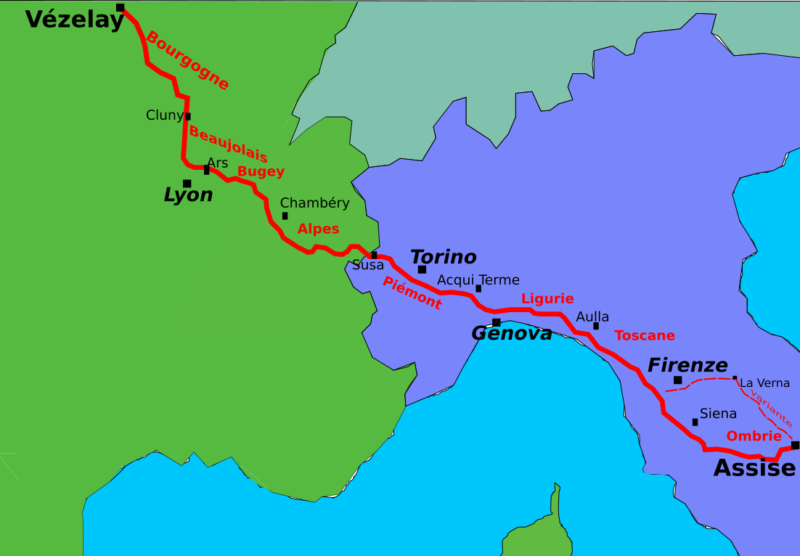
AVANT TOUTE CHOSE …
Nous sommes heureux de partager avec vous, amis pèlerins, la joie de la rencontre fraternelle ! Ce chemin se veut être une démarche de pèlerinage dans l’esprit de Saint François.
Accueillir la fraternité comme un cadeau, rechercher la simplicité et même la sobriété, vivre l’instant présent sans se soucier, c’est s’imprégner petit à petit de l’esprit de l’évangile tel que St François a choisi de le vivre. Le chemin est ouvert à toutes et tous et il apportera une joie authentique à celles et ceux qui auront au plus vrai d’eux-mêmes la paix du cœur.
Chemins de foi, chemins pour tous
Depuis de nombreux siècles, des pèlerins ont traversé l’Europe pour se rendre en Terre Sainte, à St Jacques de Compostelle, à Rome … pour des raisons spirituelles essentiellement mais ensuite aussi pour des raisons économiques et, plus récemment, pour goûter aux plaisirs de la marche, des paysages, du silence et de la solitude …
Aujourd’hui, de plus en plus de personnes, croyantes ou non, empruntent ces chemins tracés par les premiers pèlerins.
Un peu partout, des associations se sont créées pour redonner vie à ces itinéraires, notamment ceux vers Compostelle, mais aussi celui de Canterbury à Rome (« via francigena »), le Chemin de St-Michel, et bien d’autres. C’est aussi le cas pour ce « récent » chemin de 1500 km vers Assise.
Ainsi, elles témoignent d’un intérêt renouvelé pour la découverte du patrimoine culturel et artistique et pour une autre forme de ressourcement personnel ou de recherche d’épanouissement par un nouveau style de loisirs.
https://chemindassise.org/fr/accueil/ |
|
|
|
Réponse |
Message 15 de 17 de ce thème |
|
Contact via Earthquakes
Pentagonal Stargate Activation 2010
February 27, 2010
by Goro (supertorchritual.com & goroadachi.com)



Enki works in mysterious ways. He sees the angles. He sees the alignments. He understands space. He understands time. It's '2010' and he comes in peace. Contact via earthquakes... This is it. This is how it begins...
Haiti - Chile Alignment...

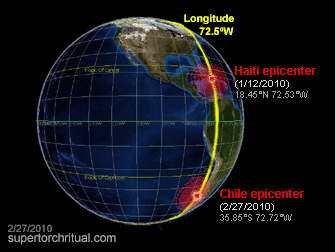

Behold, the Earth-Shaker opens the Pentagonal Stargate...


The pentagram is the symbol of Venus. Venus is the goddess/planet of love. Love in many languages is amor. Amor is the reverse of Roma. As they say, all roads lead to Rome. Even the pentagram. The Pentagonal Contact Sequence started back on April 6, 2009 near Rome...


Orbitally reversed and it becomes Megafault starring Brittany Murphy (who had an Italian father linked to the mob)...

...whose untimely death marked the winter solstice 2009 at the apex of the pentagonal 'V' apex.
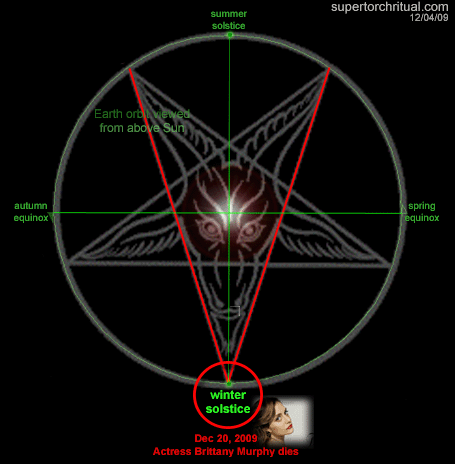
'Vs' of course come in peace...


...through a Pentagonal Stargate

...and an earthquake.

'Knee' = Rome in leg-shaped Italy...

'Ring' = Pacific (= 'peace') Ring of Fire...
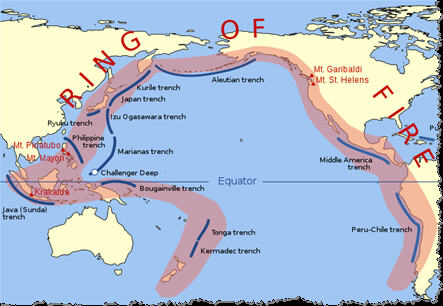
Chile is in the Ring of Peace/'V'...
And 'V' is balloons...

...reenacted right before the 'V' premiere (Nov 3, 2009)
via Balloon Boy on Oct 15...


...which was orbitally 'stereo aligned' with Feb 25-26,
or the Chile 'Big One' (Feb 27).

Contact via earthquakes = Contact with V = Contact with Peace = Contact with Love (Rome, Venus) = Contact via Pentagram
All in the 'Big One' space-time geometric overlay...

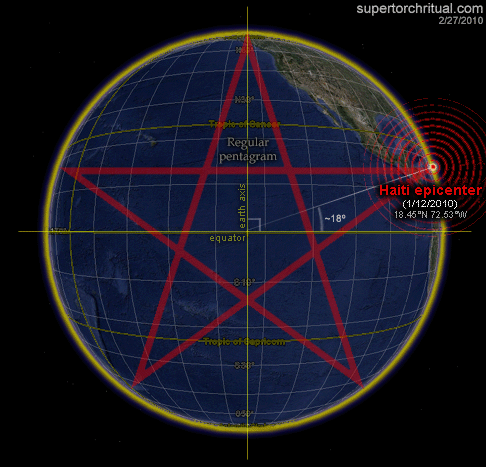

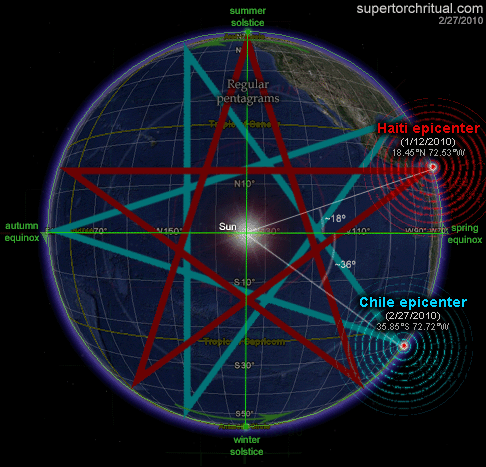

And that's how Contact is being made in 2010.
Just the tip of the iceberg.
* * *
NOTE: For those new here, please note that this strange thing that I do on this website is not the typical hindsight-driven dot connecting stuff that you may have seen out there. Here, much emphasis is placed on foresight. I regularly make predictions or multicontextual pattern projections to demonstrate that it is something very real - albeit 'impossible' according to the current paradigm - that I discuss and try to show again and again. So, for instance, even though I decided not to bring it up in the main text of the article purely for readabililty, both the April 2009 Italian earthquake and the January 2010 Haiti 'Big One' were, to a considerable degree, projected beforehand. (See here & here - the latter not including STRUG entries thus appearing less impressive than what was actually going on 'underground' projection-wise.) Even the latest Chile mega-quake was no surprise around here (especially on STRUG) - evidenced by the fact that I was able to quickly write up and post this article within 24 hours of the catastrophe. For many months, in fact, I kept highlighting the Vancouver Olympics (Feb 12-28) and its general timeframe, based on various patterns, in particular the following golden/phi-based timecode which had 'Big One' (mega-quake) written all over it.

Not surprisingly, there was to be further twists which I was able to closely follow, leading me to make a necessary adjustment just in time for (i.e. before) the early-January quakes including Haiti. (I haven't yet fully explained what caused me to make the adjustment but that it was a valid move is obviously not in question.) After Haiti, the status of the February 2010 window became uncertain - was it still radioactive or had it released all its energy in January? We now know the answer: Another small time shift, another 'Big One' (this time in Chile), coming the day before the closing ceremony of the 'V Olympics' instead of the opening ceremony. And it was decidedly pentagonal in nature. This is important because in addition to what's already been discussed the pentagram is nearly synonymous with (i.e. found encoded in its geometry) the golden ratio, i.e. '1 : 1.618', therefore linking back to the phi-based timecode above.

* * *
To be continued...
https://www.goroadachi.com/etemenanki/contact-penta-quakes.htm
|
|
|
|
Réponse |
Message 16 de 17 de ce thème |
|
|
|
|
Réponse |
Message 17 de 17 de ce thème |
|
|
|
 Premier Premier
 Précédent
3 a 17 de 17
Suivant Précédent
3 a 17 de 17
Suivant
 Dernier
Dernier

|





